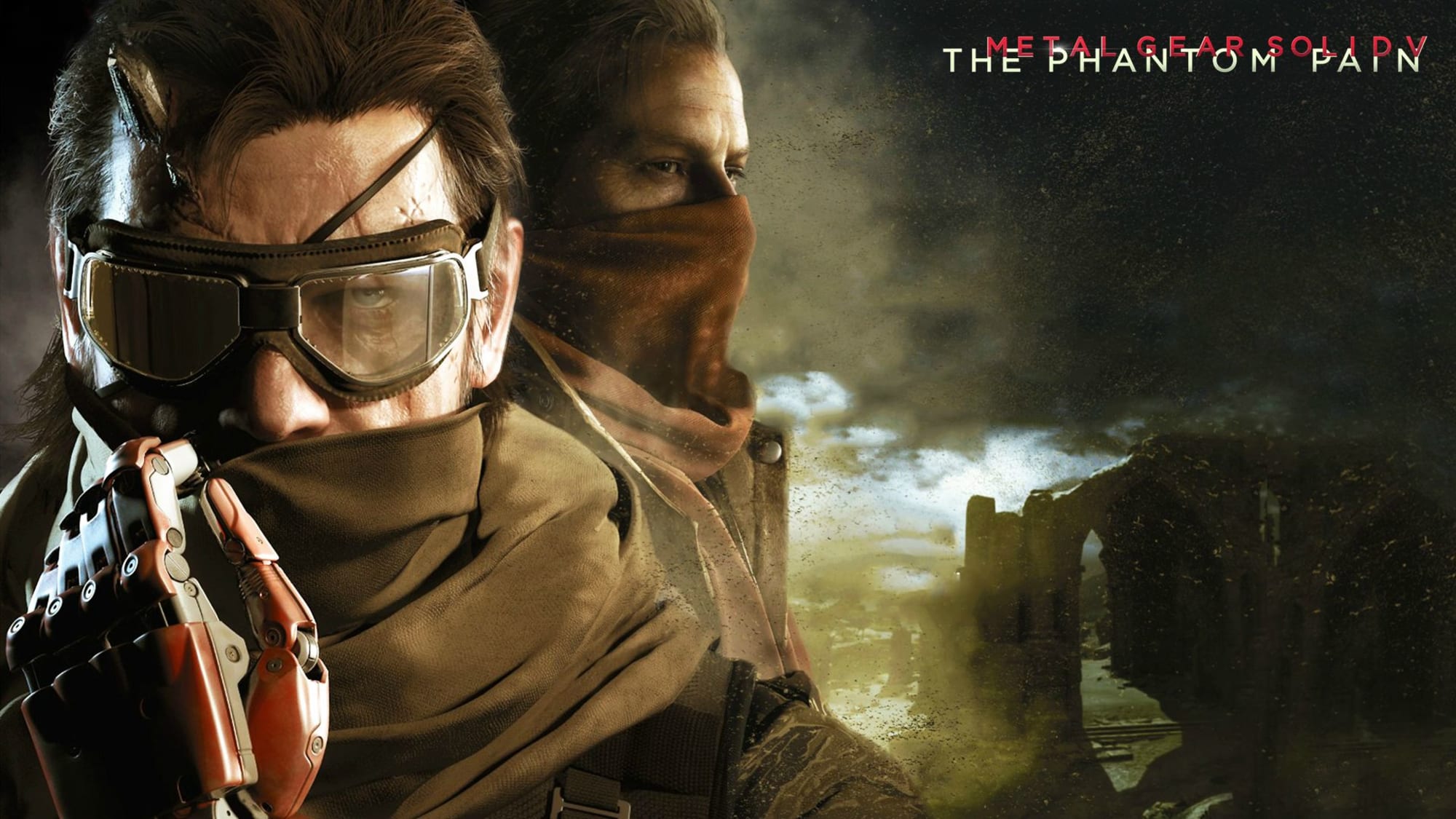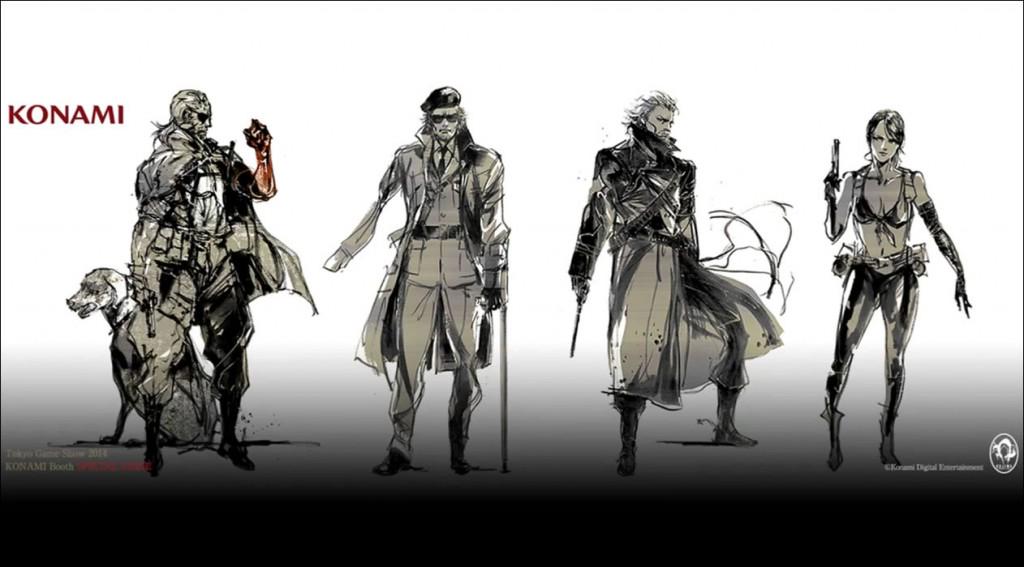
The Phantom Pain is set nine years after the destruction of Mother Base by the group XOF, which was focus of the main mission featured in last year’s prequel Ground Zeroes. The Fox Engine is wonderful in bringing these characters to life to the point where as I was playing, members of my family assumed I was watching TV, rather than playing a game where these people weren’t real. They’re presented as normal individuals in the way they’ll talk to one another whether it’s regarding the intruder that’s been seen around certain outposts, or something as throwaway as the weather. This realness is further demonstrated by how the inhabitants, mainly the soldiers of Afghanistan and Africa, interact. Warfare is human, and this realness brings this apparently farfetched world back into reality. These close-up shots of the innocent victims of war that are showcased numerous times throughout the game somehow ground the idea of giant battle mechs and flaming goliaths and make it all so real.
#Metal gear solid v the phantom pain art book series#
The Metal Gear series has always been absurd, over the top, and often controversial, not only in presentation, but its themes and characters. Being forced to witness a helpless patient in a hospital ward being shot at point blank, only to then be given control and forced to crawl over his body immediately afterwards is horrifyingly raw, and something that is quite brave for Kojima to throw in there, as it does risk triggering some people.

A deep emotional attachment is forged, something that Kojima excels at maintaining throughout the entire campaign. Although they might not be as long as some fans hoped for (because really after a while you learn to love how in love with themselves those cut scenes are), what we do see in The Phantom Pain are still some of the most powerful images available to witness in a video game.Īnd although The Phantom Pain has lost these big cinematic moments, the end results creates a much deeper connection between the player and the world of the game. Gone are the hour long cut scenes, and instead we’re provided with shorter and sharper moments that are spread throughout in the game. Unlike Metal Gear Solid 4, which was famous for extended cinematic movies that passed the length of some feature films, The Phantom Pain doesn’t take the same liberties with cinematic storytelling. It is a Hideo Kojima game, and it should be recognised as such. It’s more than just a game where you run around a base undetected, it’s a multifaceted experience that gives its author the well-deserved title of auteur.

Metal Gear has always delivered above and beyond as a piece of art. It’s sad to see that Konami has refused to credit Kojima on the box of Metal Gear Solid V: The Phantom Pain, presumably a result of the very public split between the two, but it’s also sad that Konami has failed to understand why this subtitle was so important. To those who grew up with Metal Gear, often subtitled with “A Hideo Kojima Game”, Metal Gear has always been the extension of Kojima. In all of his works, Hideo Kojima games are something that nobody else can emulate. Related reading: You can read Sam's review of the prequel to MGSV: The Phantom Pain, Ground Zeroes, here. For me there’s really only one name that stands up to, and is worth of, the title of an auteur.

When it comes to video games, though, it's typically a team project and so the director's vision is not his own.

The theory behind it comes from film criticism, with the notion that a film is the director’s vision and solely their vision. "Auteur" is a word that I would argue is thrown around too much when it comes to video games.


 0 kommentar(er)
0 kommentar(er)
